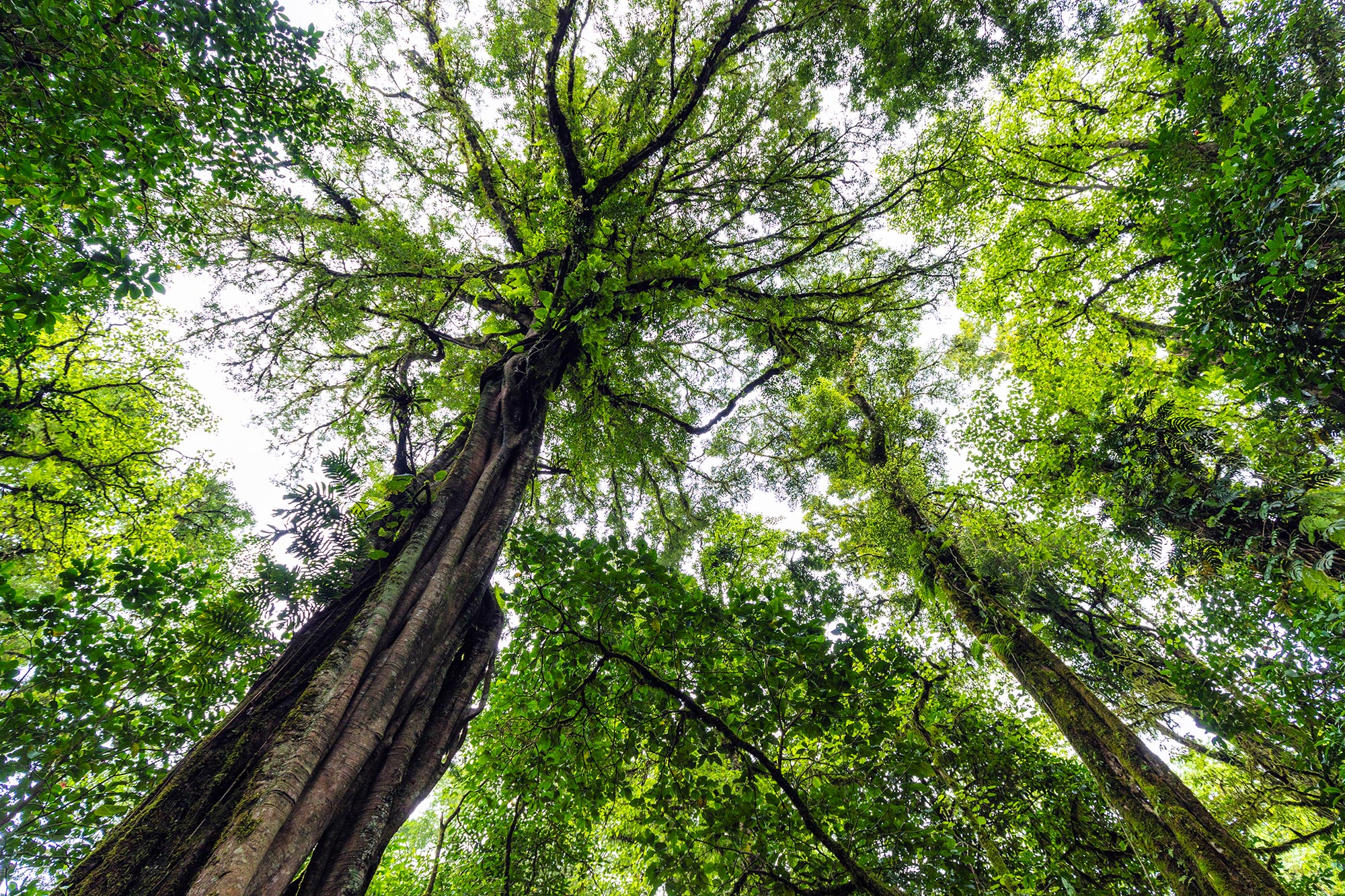It's a wonderful plan. Reforestation is badly needed in many parts of the world, not just California. So you hire 1000 Mexicans to go around and plant all these seedlings
everywhere, but there's only one problem. It never rains there.
I know from experience that even under perfect conditions, it's not easy to grow a healthy tree, even in great soil and daily watering.
A most powerful clip and thanks for posting about such a crucial issue. Reforestation is the key to reducing CO2 worldwide. They've recently discovered that the uptake of CO2 is even greater than previously estimated, particularly with trees within the Tropics.
Tropical forest ecosystems are an important part of the global carbon cycle as they take up and store large amounts of CO2. It is however uncertain how much these forests' ability to take up and store carbon differ between forests with high versus low species richness. New International Institute fo
scitechdaily.com
View attachment 483574
Benchmark map of carbon stored in Earth’s tropical forests, covering about 2.5 million hectares of forests over more than 75 countries. The map can assist efforts by countries to produce estimates of carbon emissions by providing relatively fine-scale stocks of carbon and their level of...
www.nasa.gov
From the OP and paraphrasing "within the US about 12% of CO2 emissions are stored in forests. Reforestation is 40% of our climate solution, and we've lost 1/3rd over time."
We need to save the natural forests we can so they save us long-term. Now that's a strong message!
Your second link was a tedious reading, doesn't say much either.
Carbon isn't the same as CO2, and that is why your charts are misleading because it is STORED C while CO2 isn't. Not only that the Tropics being slow growing and soil poor region doesn't absorb that much CO2 as you think, it is the faster growing forests of the mid latitude that absorbs a significant amount, young trees absorbs a greater amount than old slow growing trees does.
First, I will apologize profusely for submitting a "tedious reading" type of source. I will contact NASA to inform them that you've complained. If your complaint leads to more consise articles, I'll make sure they give you the credit.
Secondly (all joking aside) I appreciate that you've cleared up a distinction about capturing CO2 and storing/releasing carbon. I know the difference, but the charts could be confusing I guess to some. There just isn't enough time in the day to learn as much as I'd like but this is a weak area of mine.
Main point is that keeping forests intact or rebuilding them where they might have been lost is inexpensive as a way to prevent the release of too much climate-warming CO2. That's the gist of it, but feel free to find something about that you think needs tweaking. I'm all about improving my posts!
I agree with you about keeping forested regions intact, but not because of CO2 levels in the air which is
very low historically. It is to help preserve the ecosystem and furnish a variety of food and cover essential for survival.
The charts are talking about STORED Carbon levels in the Tropical BIOMASS, the ocean waters has most of the free CO2 of the world in it, biomass, air and soils just a trace of it at a time.
Here is the paper from the first link (the one I was criticizing, the one that is poorly written, but NOT by NASA who didn't write it))
"Abstract
Tropical rainforests harbor exceptionally high biodiversity and
store large amounts of carbon in vegetation biomass. However, regional variation in plant species richness and vegetation carbon stock can be substantial, and may be related to the heterogeneity of topoedaphic properties. Therefore, aboveground vegetation carbon storage typically differs between geographic forest regions in association with the locally dominant plant functional group. A better understanding of the underlying factors controlling tropical forest diversity and vegetation carbon storage could be critical for predicting tropical carbon sink strength in response to projected climate change. Based on regionally replicated 1-ha forest inventory plots established in a region of high geomorphological heterogeneity we investigated how climatic and edaphic factors affect tropical forest diversity and vegetation carbon storage. Plant species richness (of all living stems >10 cm in diameter) ranged from 69 to 127 ha−1 and vegetation carbon storage ranged from 114 to 200 t ha−1. While plant species richness was controlled by climate and soil water availability, vegetation carbon storage was strongly related to wood density and soil phosphorus availability. Results suggest that local heterogeneity in resource availability and plant functional composition should be considered to improve projections of tropical forest ecosystem functioning under future scenarios."
bolding mine
The paper is weird since there is
NO discussion of CO2 in it, just a lot of talk about C
======
Plants don't store CO2.....
